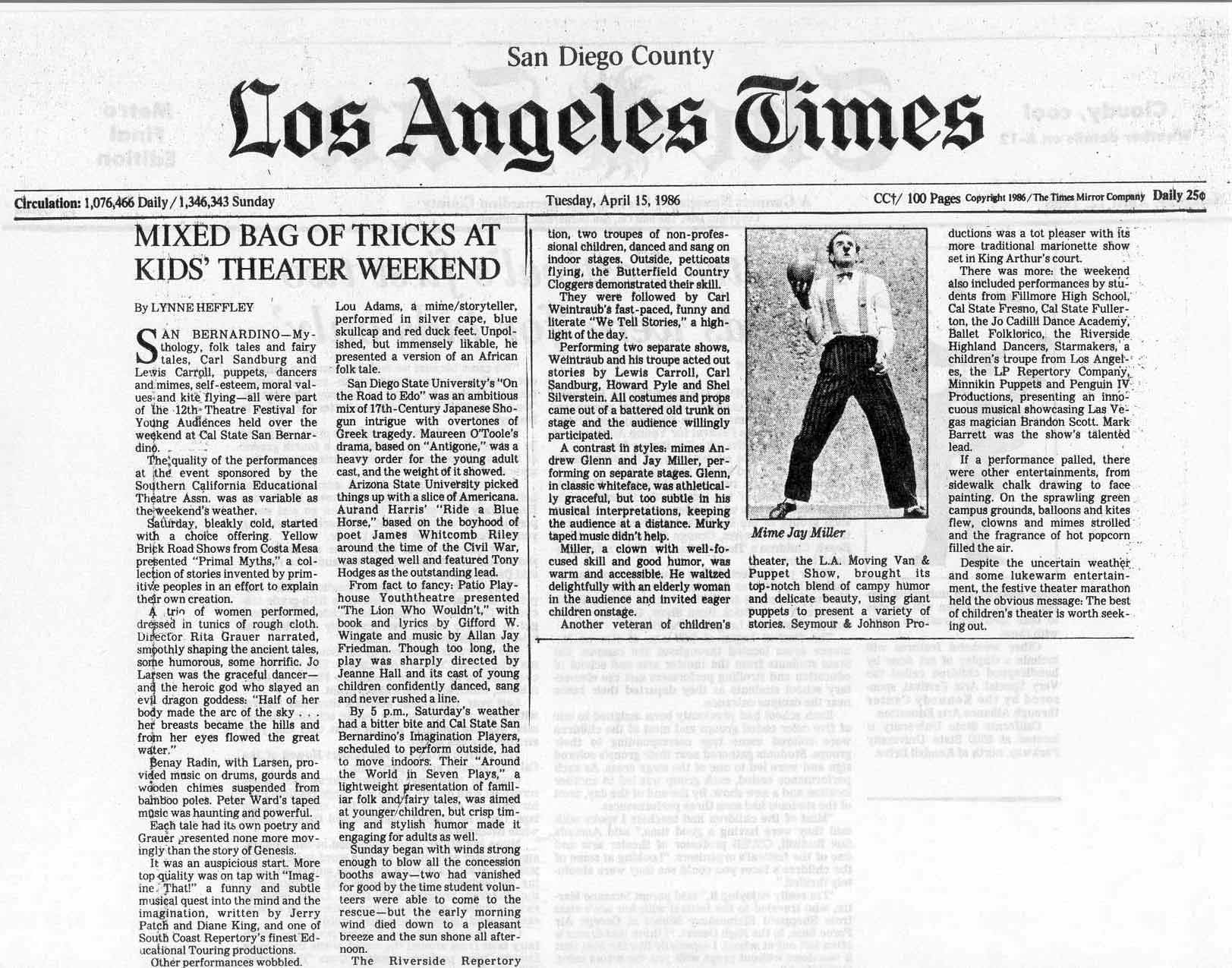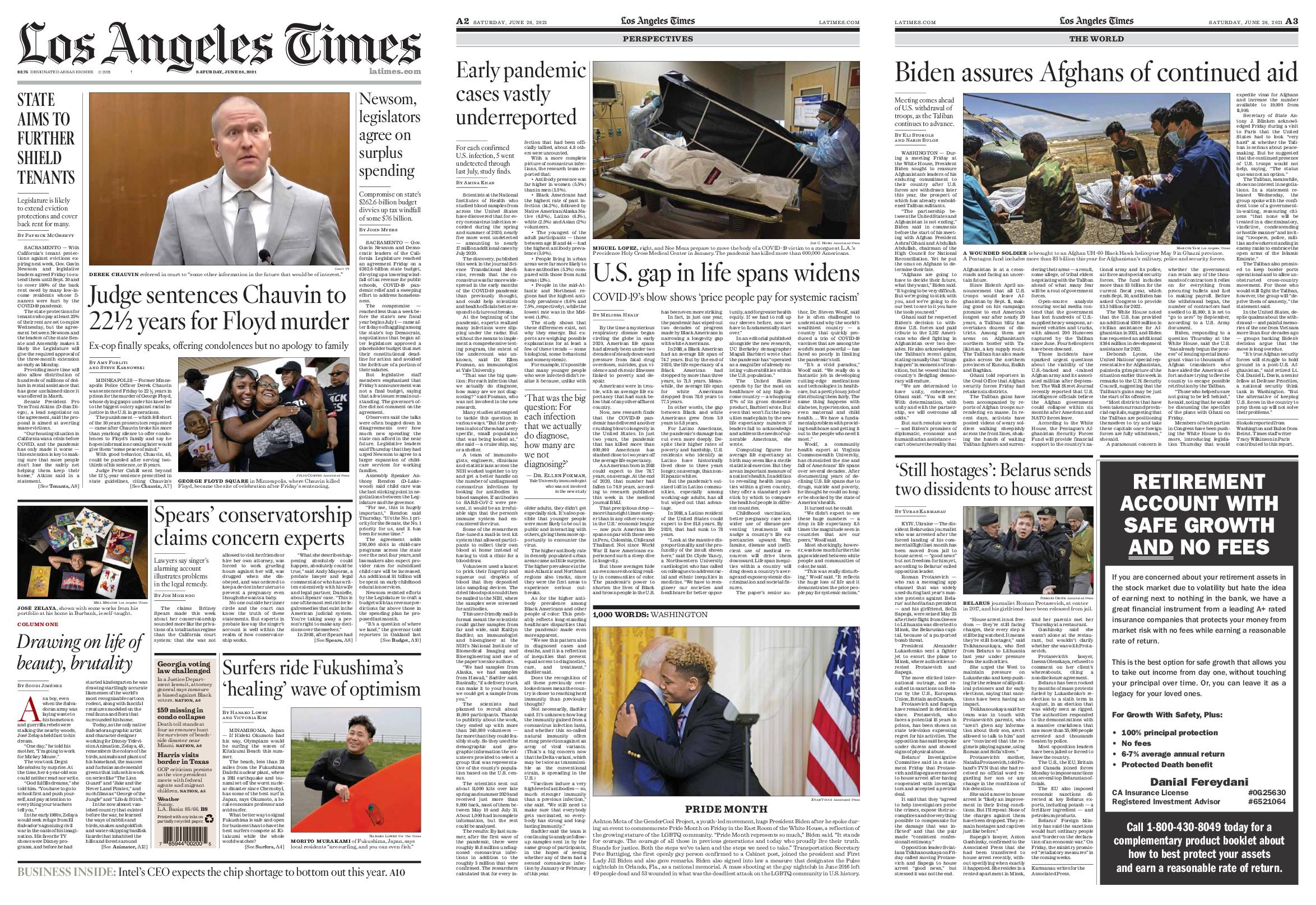Los Angeles Times’ Coverage of Local News and Events: La Times

La times – The Los Angeles Times, a highly esteemed news organization, has a long-standing reputation for delivering in-depth and compelling coverage of local news and events. Their commitment to providing comprehensive and insightful journalism has earned them a loyal readership in the Los Angeles area and beyond. The Times’ local news coverage encompasses a wide range of topics, from breaking news to in-depth investigations, ensuring that readers are well-informed about the issues that directly impact their community.
I’ve been reading a lot of the Los Angeles Times lately. They have some great articles about all sorts of stuff. One of my favorites was about spade toothed beaked whales. I had never heard of these whales before, but they are fascinating creatures.
They can dive to depths of over 9,000 feet and hold their breath for over two hours. I love learning about new animals, and the Los Angeles Times is a great source for that.
Recent Local News Articles
In recent weeks, the Los Angeles Times has published a series of noteworthy articles that have delved into various local issues. One notable article explored the ongoing housing crisis in Los Angeles, examining the challenges faced by residents struggling to find affordable housing amidst rising costs. Another article investigated the alarming increase in hate crimes targeting the Asian American community, shedding light on the disturbing trend and its impact on the city’s diverse population.
Hey guys, check this out. The LA Times is always on top of the news, but did you know about the recent Delta Airlines Palestinian flag controversy? It’s a wild story about how the airline got into hot water for flying a plane with the Palestinian flag on it.
Back to LA Times, they’ve been covering the story extensively, so be sure to check out their website for the latest updates.
Key Themes and Issues
The Los Angeles Times’ local news coverage consistently addresses several key themes and issues that are of paramount importance to the community. These include:
- Housing and Homelessness: The Times has dedicated significant attention to the escalating housing crisis, highlighting the plight of unhoused individuals and the need for comprehensive solutions.
- Crime and Public Safety: Crime rates and public safety are a central focus of the Times’ local news coverage, with articles examining the causes of crime, the effectiveness of law enforcement strategies, and the impact on residents’ sense of security.
- Education: The Times provides in-depth coverage of educational issues in Los Angeles, including the challenges faced by students, the performance of schools, and the need for equitable access to quality education.
- Transportation: The Times has explored the complexities of transportation in Los Angeles, covering topics such as traffic congestion, public transit improvements, and the environmental impact of transportation.
Impact on the Community
The Los Angeles Times’ local news coverage plays a vital role in shaping public discourse and informing decision-making within the community. By bringing critical issues to light, the Times empowers residents to engage in informed discussions and hold their elected officials accountable. The Times’ commitment to investigative journalism has led to meaningful changes, such as increased funding for affordable housing programs and reforms to improve public safety.
The Los Angeles Times’ Role in Shaping Public Opinion
The Los Angeles Times (LAT) is one of the most influential newspapers in the United States. It has a long history of shaping public opinion on local, state, and national issues. The LAT’s editorials, op-eds, and news articles have helped to set the agenda for public debate and have played a role in shaping the course of history.
One of the most famous examples of the LAT’s influence is its coverage of the Watergate scandal. The LAT’s relentless reporting on the scandal helped to bring down President Richard Nixon and led to his resignation in 1974. In recent years, the LAT has played a major role in shaping public opinion on issues such as climate change, immigration, and healthcare.
The LAT’s influence is not limited to its coverage of major news stories. The paper also plays a role in shaping public opinion through its editorials and op-eds. The LAT’s editorial board is known for its liberal views, and its editorials often reflect the values of the paper’s readership. The LAT’s op-ed pages provide a platform for a wide range of voices, including both liberals and conservatives.
The LAT’s role in shaping public opinion is a complex one. The paper is both a product of its time and a shaper of it. The LAT’s coverage of the news and its editorials and op-eds reflect the values of its readership, but they also help to shape those values. The LAT is a powerful force in American journalism, and its influence is likely to continue for many years to come.
Ethical Responsibilities
The LAT has a number of ethical responsibilities in shaping public opinion. These responsibilities include:
* Accuracy: The LAT must ensure that its reporting is accurate and fair. The paper must also be transparent about its sources and its methods of reporting.
* Objectivity: The LAT must strive to be objective in its reporting. The paper must not let its own biases influence its coverage of the news.
* Independence: The LAT must be independent of political and economic interests. The paper must not let its advertisers or its owners influence its coverage of the news.
* Accountability: The LAT must be accountable to its readers. The paper must be willing to correct its mistakes and to respond to criticism.
The LAT takes its ethical responsibilities seriously. The paper has a long history of accurate and fair reporting. The LAT is also committed to objectivity and independence. The paper’s editorial board is independent of the paper’s management, and the paper’s reporters are not allowed to accept gifts from sources. The LAT is also accountable to its readers. The paper has a public editor who investigates complaints from readers and writes about the paper’s ethical standards.
The LAT’s ethical responsibilities are essential to its role in shaping public opinion. The paper’s credibility depends on its ability to provide accurate, fair, and objective reporting. The LAT’s independence is also essential to its credibility. The paper must be able to report on the news without fear of reprisal from political or economic interests.
The Los Angeles Times’ Digital Transformation

In the rapidly evolving digital landscape, the Los Angeles Times has undergone a significant transformation to adapt to the changing media consumption habits of its audience. The newspaper’s digital strategy has been instrumental in maintaining its relevance and reach in the digital age.
Key Elements of the Digital Strategy
- Website and Mobile App: The Los Angeles Times has invested heavily in its website and mobile app, providing readers with a comprehensive digital experience that includes breaking news, in-depth reporting, and multimedia content.
- Social Media: The newspaper has established a strong presence on social media platforms such as Twitter, Facebook, and Instagram, allowing it to engage with its audience and distribute its content to a wider audience.
- Subscription Model: The Los Angeles Times has adopted a subscription-based model for its digital content, providing readers with exclusive access to premium content and ad-free experiences.
- Data Analytics: The newspaper uses data analytics to track reader engagement and tailor its content and marketing strategies accordingly.
Impact of the Digital Transformation
The digital transformation of the Los Angeles Times has had a profound impact on its readership, revenue, and overall mission.
Readership
- Increased Reach: The digital platform has expanded the newspaper’s reach to a global audience, allowing it to connect with readers beyond its traditional geographic boundaries.
- Changing Demographics: The digital audience is younger and more diverse than the traditional print readership, reflecting the changing demographics of news consumers.
Revenue
- Subscription Revenue: The subscription model has generated a new revenue stream for the newspaper, helping to offset declining print advertising revenue.
- Digital Advertising: The digital platform has provided the newspaper with new opportunities for digital advertising, complementing its traditional print advertising revenue.
Mission
- Preserving Journalism: The digital transformation has allowed the Los Angeles Times to continue its mission of providing high-quality journalism in a sustainable way.
- Expanding Access: The digital platform has made it easier for readers to access the newspaper’s content, regardless of their location or device.
Challenges and Opportunities, La times
As the Los Angeles Times continues to evolve in the digital age, it faces a number of challenges and opportunities.
Challenges
- Maintaining Relevance: The newspaper must constantly adapt its content and strategies to remain relevant in the ever-changing digital landscape.
- Competition: The digital space is highly competitive, with numerous news organizations vying for readers’ attention.
Opportunities
- Data-Driven Insights: Data analytics can provide the newspaper with valuable insights into reader behavior, allowing it to tailor its content and marketing efforts accordingly.
- Innovation: The digital platform provides opportunities for innovation, such as new storytelling formats and interactive experiences.
- Partnerships: The newspaper can explore partnerships with other media organizations and technology companies to expand its reach and revenue streams.
The Los Angeles Times’ digital transformation has been a success story, but it is an ongoing process that requires constant adaptation and innovation. As the media landscape continues to evolve, the newspaper must remain agile and responsive to the changing needs of its audience.